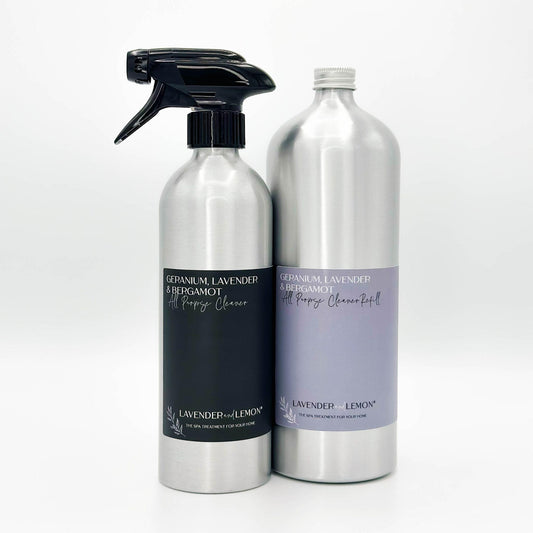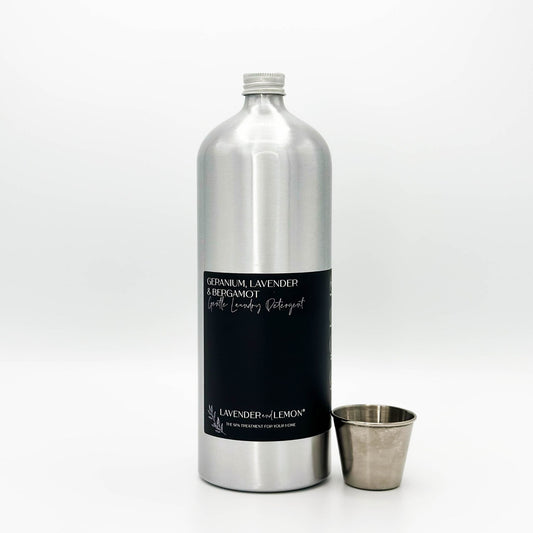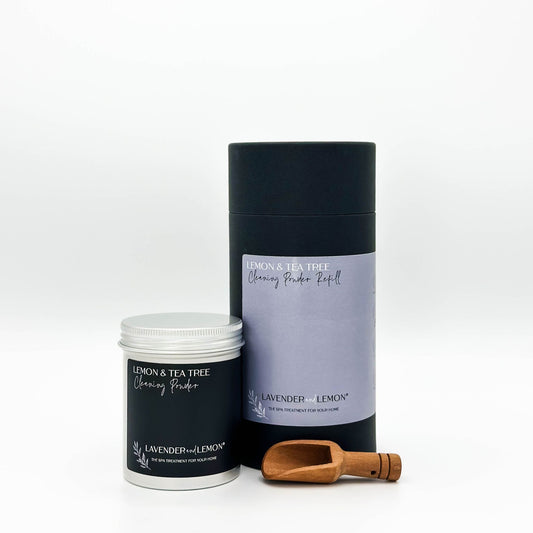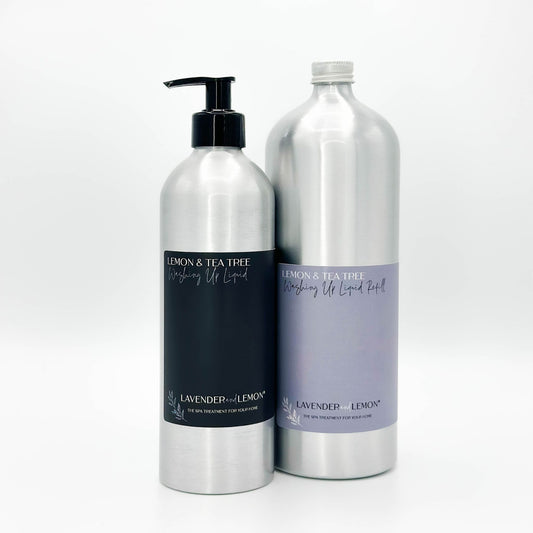Free Shipping Over £35
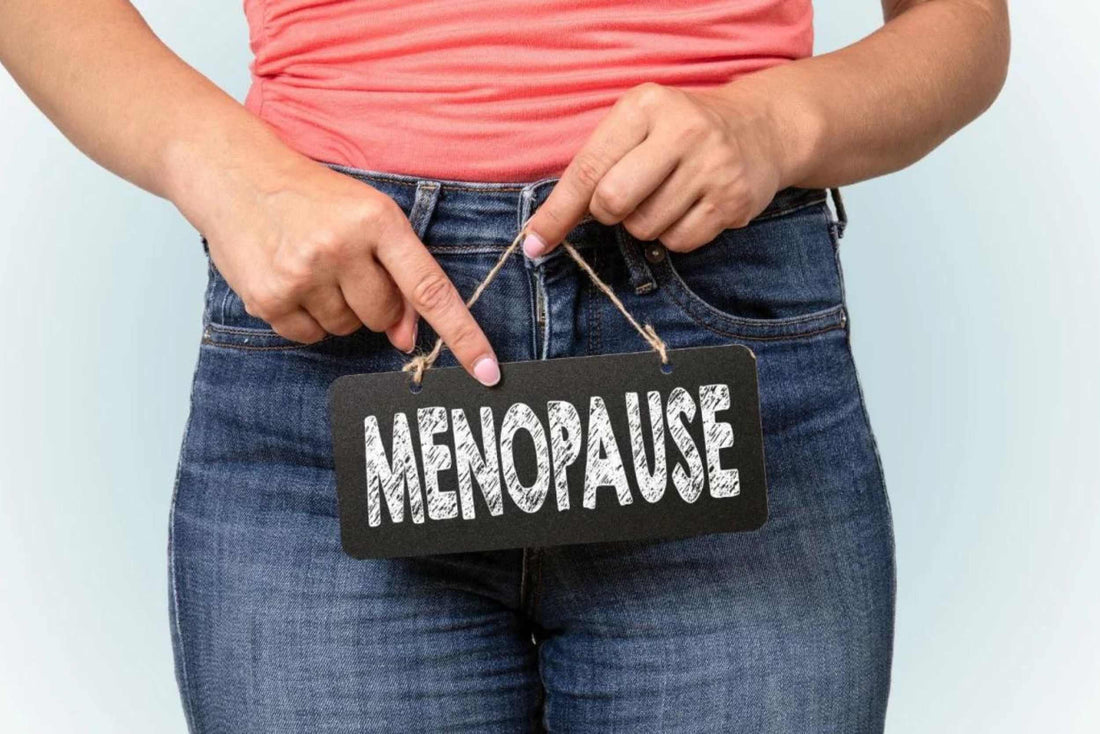
Household Cleaning Products & Their Impact on Menopause
Share
Many of us don't give a second thought to the household cleaning products we use daily. Their primary purpose is to help us maintain a clean living environment. But research suggests that there might be a significant connection between these products and women's health, specifically regarding the onset of menopause.
The Deep Dive: Cleaning Products and Menopause
Menopause and its Natural Occurrence
Menopause marks the end of a woman's reproductive years, typically occurring between the ages of 45 and 55. During this transformative phase, the body experiences a decline in estrogen and progesterone production, leading to symptoms such as hot flashes, mood swings, sleep disturbances, and more. These changes also make women more susceptible to various environmental factors, including the chemicals in household cleaning products.
While genetics and overall health play roles in determining the onset of menopause, environmental factors have recently come under scrutiny. Some studies point to chemicals in everyday cleaning products as potential triggers for early menopause. 1
Endocrine Disruptors: The Invisible Foe
What are Endocrine Disruptors?
Endocrine-disrupting chemicals (EDCs) have been a concern among health professionals for some time. These chemicals interfere with our body's endocrine system, affecting hormone production and function.2
Origins and Proliferation of EDCs
Many EDCs were introduced into household products in the late 20th century, designed to enhance product performance and longevity. Today, they’re omnipresent - from the plastic containers we store our food in to the cosmetics we apply and the cleaning products we use.
Common household cleaning products often contain harmful chemicals that can negatively impact our health, regardless of age or gender. However, women going through menopause may be particularly vulnerable due to their changing hormonal balance. Many cleaning agents contain toxic ingredients like phthalates, formaldehyde, ammonia, and volatile organic compounds (VOCs).
Highlighted EDCs and Their Impact:
- Phthalates: Besides being used to prolong the scent in air fresheners and laundry detergents, phthalates are also present in some vinyl flooring and plastic toys. They’ve been associated with reproductive issues and increased breast cancer risk. 3,5,6
- Parabens: Beyond cleaning agents, parabens are also common in shampoos and lotions. Though they prevent the growth of harmful bacteria and mould, evidence suggests they can mimic estrogen in the body and increase breast cancer risk. 4,5,7
- Triclosan: Once hailed for its antibacterial properties, triclosan is now viewed with suspicion due to potential hormonal disruptions and is suspected of contributing to the increasing problem of antibiotic resistance. 8
Household Tasks and Cumulative Exposure
Decoding Everyday Exposure
While seemingly harmless, everyday tasks can contribute to a gradual build-up of these chemicals in our system. When you wash dishes, launder clothes, or clean surfaces, you might be unwittingly introducing EDCs into your environment.
Areas of Concern
- Laundry: Detergents and fabric softeners can release chemicals that remain on clothing, leading to skin exposure.
- Bathrooms: Many bathroom cleaners contain harsh chemicals. When used without adequate ventilation, the risk of inhalation increases.
- Kitchens: Countertop sprays, oven cleaners, and even some dishwashing liquids may contain EDCs.
Hormone-disrupting substances can interfere with the body's natural hormone regulation, potentially worsening hormonal imbalances and related symptoms such as mood swings, hot flashes and sleep disturbances. This emphasises the importance of creating a clean and healthy environment that supports women's wellbeing during menopause.

Safe Cleaning Practices for Menopausal Women
- Read Labels: Take the time to read labels carefully. Avoid products that contain harmful chemicals such as chlorine bleach, ammonia, parabens, phthalates and triclosan. Look for products with natural and eco-friendly ingredients.
- Choose Safer Alternatives: Opt for natural cleaning alternatives such as vinegar, baking soda, lemon juice, and essential oils. These can effectively clean and disinfect surfaces without the health risks associated with conventional cleaning products.
- Proper Ventilation: Open windows and use fans when cleaning to improve air circulation and reduce exposure to airborne toxins. Adequate ventilation helps minimise the accumulation of fumes and VOCs, promoting a healthier indoor environment.
- Protective Gear: Wear gloves and masks when using cleaning products, especially those known to contain toxic ingredients. This helps reduce direct contact with chemicals and prevents inhalation of harmful fumes.
- Explore Eco-Friendly Brands: Look for cleaning products that promote safe cleaning practices and prioritise transparency, sustainability, and health using safer ingredients free from harmful chemicals.
Broader Implications: Environmental and Societal Effects
Many EDCs, after serving their purpose in our homes, find their way into aquatic ecosystems. The environmental toll is substantial. Marine life, particularly, is vulnerable to the hormonal disruptions caused by EDCs. 9
Furthermore, the societal implications are vast. If, indeed, these chemicals contribute to early menopause, they can have ramifications on family planning decisions, mental health, and healthcare systems.
Menopause is a time of change, growth, and self-care
By being mindful of the cleaning products we use, we can create a healthier and safer environment during this transformative phase. Choosing non-toxic cleaning products supports our overall wellbeing and contributes to the wellbeing of our families and the environment. By adopting safer cleaning practices, women going through menopause can navigate this transition with greater comfort, vitality, and peace of mind.
Join the Conversation
What changes have you made in your home? Share your experiences and feedback below.
[product=eco-friendly-all-purpose-cleaner]
✪ From Grease to Glass: Zero Residue, 100% Shine
✪ One Cleaner, Infinite Uses: Simplify Your Home
✪ Elevate Your Senses: Aromatherapy while you clean
[/product]
- Science Daily (2015), Earlier menopause linked to everyday chemical exposures
- National Institute of Environmental Health Sciences (2023), Endocrine Disruptors
- Hannon PR, Flaws JA. The effects of phthalates on the ovary. Front Endocrinol (Lausanne). 2015 Feb 2;6:8. doi: 10.3389/fendo.2015.00008. PMID: 25699018; PMCID: PMC4313599.
- Rattan S, Zhou C, Chiang C, Mahalingam S, Brehm E, Flaws JA. Exposure to endocrine disruptors during adulthood: consequences for female fertility. J Endocrinol. 2017 Jun;233(3):R109-R129. doi: 10.1530/JOE-17-0023. Epub 2017 Mar 29. PMID: 28356401; PMCID: PMC5479690.
- Environmental Health News (2023), Get phthalates, parabens out of the bathroom drawer to reduce breast cancer risk: Study
- Breast Cancer Prevention Partners, (2021), Phthalates At A Glance
- Breast Cancer Prevention Partners, (2019), Parabens At A Glance
- Papavasilopoulos RK, Kang S. Bibliometric Analysis: The Effects of Triclosan on Human Health. Toxics. 2022 Sep 1;10(9):523. doi: 10.3390/toxics10090523. PMID: 36136489; PMCID: PMC9500643.
- ChemTrust, (n.d.), Wildlife And The Environment - Endocrine Disruptors

